 By: Agustín Castañeda
By: Agustín Castañeda
Director of Competitive Intelligence Master Research
acastaneda@masterresearch.com.mx
In a highly competitive business environment, where companies of different sizes and sectors participate standing out is winning half the battle to gain new clients, maintain the current ones, and of course, acquire greater market share.
Companies seek to develop sustainable competitive advantages representing a plus in their clients and consumer’s eyes whether in the product they purchase or in the service they receive. Technological developments and the expansion of global commerce have caused the business environment to evolve more quickly causing executives to not only trust in their instinct or intuition when making strategic decisions for their business. Nowadays, a wrong decision can potentially cause a company to pull out of the market.
In today’s world, it is important to know where and who you are competing against, how to direct the company’s path, and keep your competitive advantage. One of most effective methods to gather this information is through commercial intelligence or competitive intelligence. In this article, we will explore this topic and how to apply it.
What is it?
Competitive intelligence is a field involving gathering, analyzing, administrating, and circulating market data and its environment. This process increases a business’ competitiveness in the market since it provides knowledge of our competitor’s abilities and our client’s needs. Furthermore, it makes decision making easier, supports strategic planning and the corresponding marketing strategies.
The information employed is obtained from public sources or by ethical means, as simulated purchases and in-depth interviews.
Most important businesses operating in Mexico, like Banamex, IBM, Vitro, etc. have market intelligence processes as part of their business operation. However, this is not exclusive to large companies. Since both small and medium companies compete against large corporations for the same market, it is even more important that their CEOs have data about their competitors before making decisions.
Its Objectives
Competitive intelligence has four main goals:
- Improve competitive positioning and, consequently, a company’s profitability
- Support company’s decision making in tactical movements as well as in long term strategies.
- Establish early-warning mechanisms for market changes, allowing companies to act instead of react.
- Identify market trends
Its Uses
An advantage of competitive intelligence is its ability to address a large number of of a company’s needs, such as:
- Market Monitoring
- Analysis of consumer behavior and detection of their specific needs
- Identification of business opportunities
- Development of marketing plans
- Analysis of price policy in the market
- Identification of changes that have taken place and or could take place in the market (new products, supply chains, etc.)
- Identification of competitors’ strategies and actions
- Evaluation of promotion and publicity campaigns (including those of competitors)
- Study new competitors
- Identification of joint ventures and business partners
- Anticipation of technological changes
- Determination of investment priorities
- Evaluation of a company’s performance in the supply chain
Its Effectiveness
The effectiveness of competitive intelligence depends on the continuity given to the process of gathering, analysis, and circulation of information. In a continuous process, the information becomes knowledge and then intelligence, allowing decision makers to take action.
Is Competitive Intelligence Espionage?
Competitive intelligence is not espionage. The main difference between the two is that espionage uses illegal means to obtain information while market intelligence utilizes ethical methods and the information is accessible to the public.
Public information is not considered an industry secret. On the other hand, information about industry or trade secrets is not considered espionage when having the full consent of the company’s owner or staff. Trade information is considered an industry secret when it affects the company’s competitive edge, which must be proven.
Financial information is neither confidential nor a trade secret. Only bank deposit information is considered secret when it is a part of a national banking system.
We refer to an unethical process when the information is obtained through robbery, bribing employees to acquire it or getting access to it through different methods without the company’s express consent (this includes, of course, classified information.) Similar unethical processes include the following: bribing employees with gifts, incentives or coercing them, misusing another person’s id or that of an organization in order to obtain information about a third party as well as infiltrating your competitor’s company with your employees.
How to Accomplish it
In order to implement a competitive intelligence system, you must take the following steps:
1. Planning and management
To identify the need for competitive intelligence.
2. Information gathering
3. Information analysis
That is, interpreting it in order to make recommendations.
4. Circulation
This step involves presenting the analysis to the decision makers and interested parties.
5. Feedback
This is necessary in order to improve the process.
How you Can Implement this System in your Business
1. Identify and establish who are responsible for decision making in the company
2.Identify the strategic information required to achieve corporate goals
3. Involve the personnel taking part in decision making to spread the word about the competitive intelligence system’s objectives.
4. Identify the information sources
5. Determine the levels of information priority
6. Create a process of gathering, validation, and analysis, and generate the flow of the circulation of information.
The competitive intelligence system is permanent and systematic in nature. Therefore, we suggest that the person placed in charge of it has access to sufficient resources and support, and is able to organize the analysis of the key information, as well as create the reports and provide information to decision makers. ??
Press Contact Master Research:
Susana San Román Oñate
rp@masterresearch.com.mx
susanna.sanroman@gmail.com
Twitter @suxsan
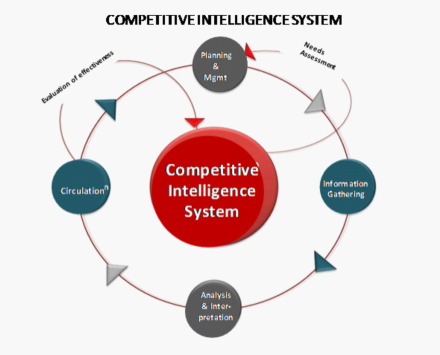


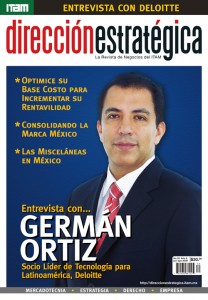

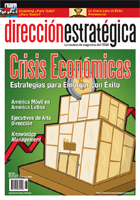



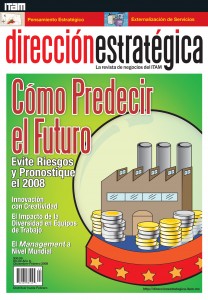



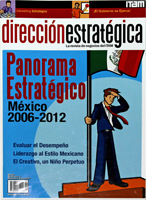
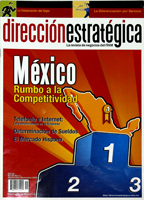
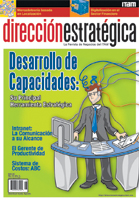
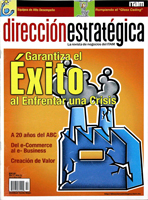
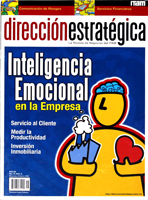
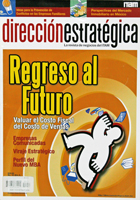
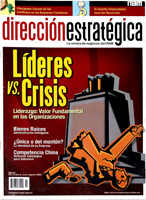




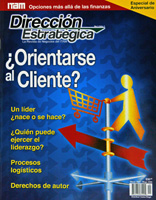

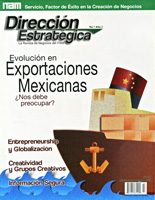


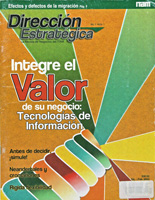
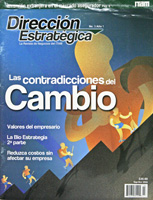
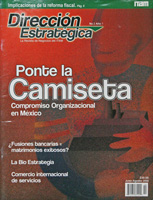

One Comment
La IC pretende convertirse en una herramienta para las pymes. Sin embrago todavía no existe una amplia difusión de la IC en este colectivo de empresas y tampoco está implantada de forma sistemática en las grandes empresas. Pueden ver algunos estudios y casos en la página de Miniera.